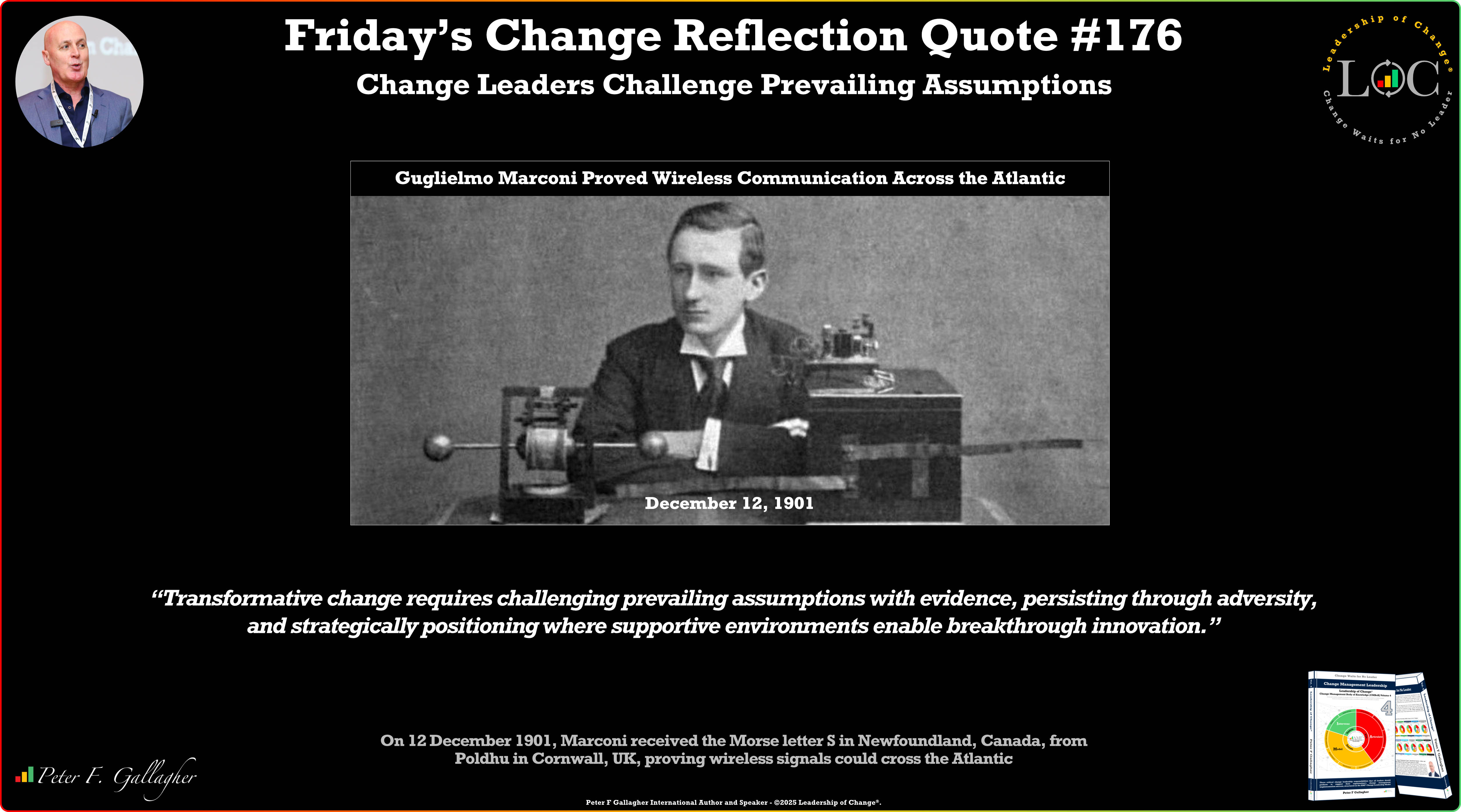May21

In every transformation initiative, there’s a hidden inflection point.
It’s not found in the strategy deck.
It doesn’t emerge in the implementation timeline.
It starts when someone pauses long enough to ask the question most teams avoid:
“Why are we still doing it this way?”
Too often, transformation efforts bypass this pause entirely, jumping straight to execution, often powered by tools and systems meant to streamline what was never properly examined.
I’ve seen organizations roll out enterprise systems - HRMS, ERP, collaboration tools—with bold promises. Six months later, many of those same teams quietly revert to spreadsheets. Spreadsheets, they trust. Workarounds they built. Because the system didn’t solve what they were actually struggling with.
The problem wasn’t the tech.
The problem was what no one stopped to question:
The workflow that no longer made sense.
The invisible handoffs.
The friction teams had normalized.
Transformation doesn’t fail because we didn’t automate fast enough.
It fails when we skip the human pause that precedes clarity.
That pause to decide to see what’s no longer working isn’t just common sense. It’s a behavioral skill. One we rarely teach, reward, or name.
It’s called Ingenuity.
Not innovation.
Not talent.
Not intelligence.
Ingenuity is the ability to move when things are unclear - to find clarity inside complexity and take the first step without a perfect plan.
It begins with a shift in behavior. And over the years, I’ve seen four patterns that make that shift possible: what I now refer to as the Ingenuity C.O.D.E. framework.
Curiosity
Asking the questions others have stopped asking.
Open-Mindedness
Pausing long enough to notice what’s become invisible.
Decisiveness
Making a call before every scenario is mapped out.
Experimentation
Moving forward through small tests before big changes.
In one recent project, the breakthrough didn’t come from the system launch, it came in a small room with a whiteboard, where we mapped out the actual process. No assumptions. No solutions. Just clarity.
That session exposed more value than the system itself ever would have, because we could finally see what wasn’t working.
Transformation is often pitched as forward-looking. Strategic. Tech-enabled. But most of what holds organizations back is behind them in the routines, workflows, and assumptions no one is questioning.
You don’t fix that with better tools.
You fix it by restoring visibility.
And visibility comes from the human discipline to pause, observe, and name what others have accepted for too long.
That’s where transformation really begins.
And that’s where Ingenuity is no longer optional.
If you're leading change, at any level, ask yourself:
What’s one process, system, or behavior that’s still running today… Simply because no one has stopped to question it?
That’s the moment where Ingenuity begins.
And progress follows.
Keywords: Leadership, Change Management, Transformation
 Data Isn’t the Problem. Alignment Is.
Data Isn’t the Problem. Alignment Is. Friday’s Change Reflection Quote - Leadership of Change - Change Leaders Challenge Prevailing Assumptions
Friday’s Change Reflection Quote - Leadership of Change - Change Leaders Challenge Prevailing Assumptions The Corix Partners Friday Reading List - December 12, 2025
The Corix Partners Friday Reading List - December 12, 2025 Measuring the True ROI of Automated Claims Processes: Beyond Speed and Cost
Measuring the True ROI of Automated Claims Processes: Beyond Speed and Cost The New Silicon Frontier: Specialization and the Diverse Landscape of AI Chips
The New Silicon Frontier: Specialization and the Diverse Landscape of AI Chips